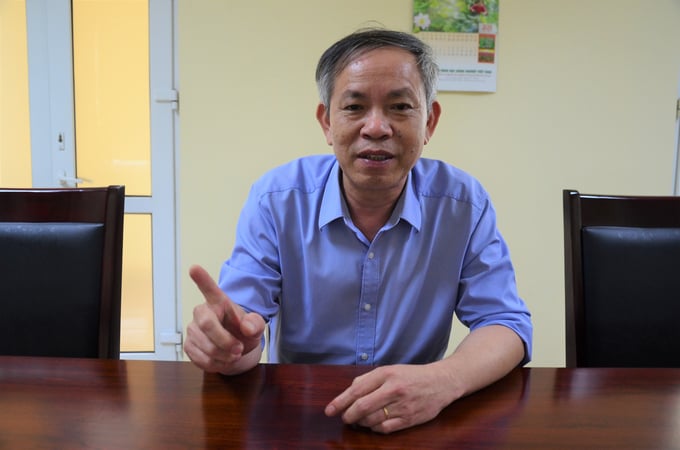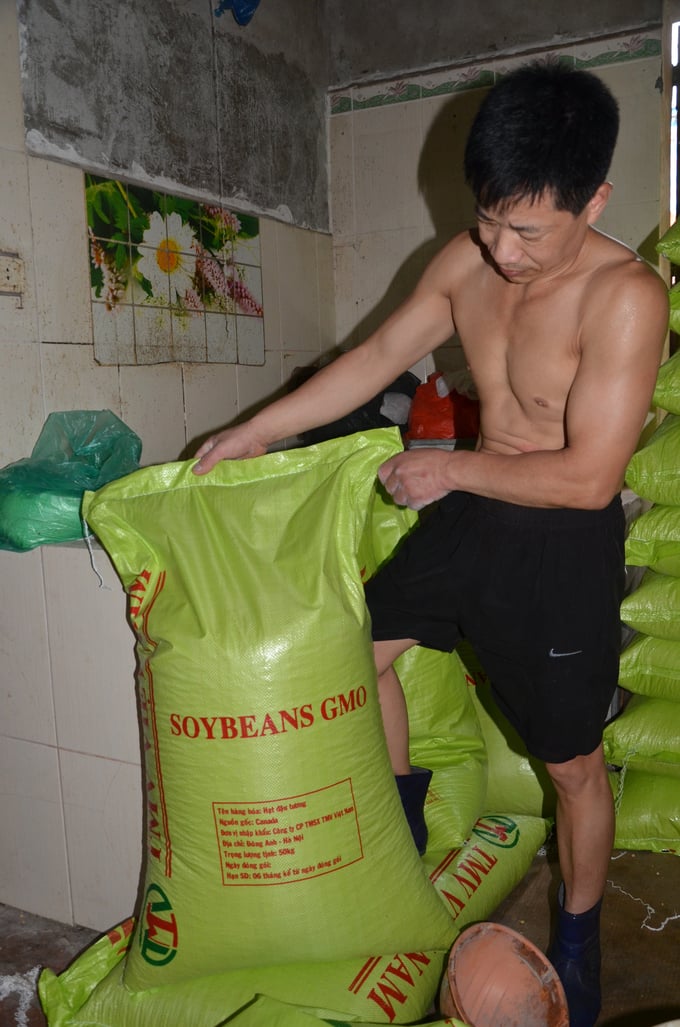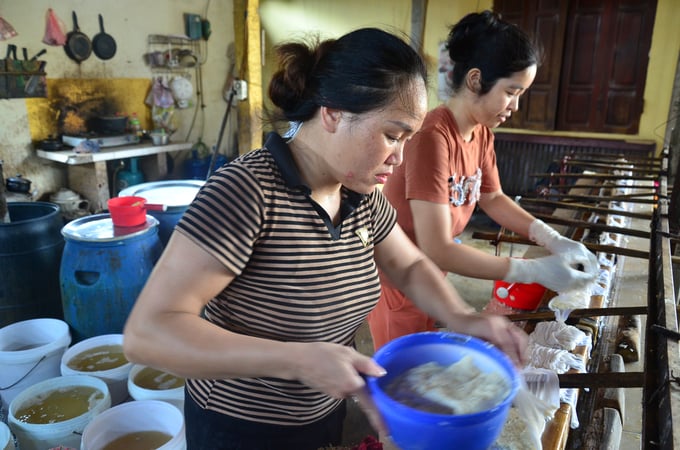May 24, 2025 | 20:41 GMT +7
May 24, 2025 | 20:41 GMT +7
Hotline: 0913.378.918
May 24, 2025 | 20:41 GMT +7
Hotline: 0913.378.918
Can you tell us about the circumstances of the introduction of labeling regulations on genetically modified food (GMO food), sir?
Law on Food Safety No. 55, 2010 defines genetically modified food as “a food with one or more genetic ingredients modified by genetic engineering” and stipulates “genetically modified foods must write the phrase in Vietnamese on the package".
Decree No. 38, 2012 of the Government detailing the implementation of a number of articles of the Law on Food Safety.
It requires that “Organizations and individuals circulate food containing genetically modified organisms, products of genetically modified organisms on the market with a rate greater than 5% of each ingredient, in addition to complying with the provisions of the law on labeling of goods, information related to GMOs must also be displayed on the label" and assigns "the Ministry of Agriculture and Rural Development to assume the prime responsibility for, and coordinate with the Ministry of Science and Technology to provide specific instructions on the labeling of foods containing genetically modified organisms and products of genetically modified organisms."
To implement that decree, there is Joint Circular No. 45 of 2015 between the Ministry of Agriculture and Rural Development and the Ministry of Science and Technology. The Agro-Forestry-Fisheries Quality Assurance Department (Ministry of Agriculture and Rural Development) and the Directorate for Standards, Metrology and Quality (Ministry of Science and Technology) are assigned to be responsible for implementing and inspecting the implementation nationwide for products under management.

Dr. Pham Van Toan. Photo: Duong Dinh Tuong.
What does that circular focus on?
According to the guidance in the circular, genetically modified foods must be labeled according to the provisions of the law on goods labels, in which the phrase "genetically modified" in Vietnamese must be written next to the name of the GMO ingredients along with the content on the product label.
For products with a labeling area of less than 10 cm2, the name of the goods and the phrase "genetically modified" must be on the label; the remaining mandatory contents not shown on the label must be inscribed in the documents accompanying the goods.
It means that tofu produced from genetically modified soybeans is subject to genetically modified labeling if the soybean used has a genetically modified rate of over 5%. Tofu produced from genetically modified soybeans but not packaged and sold directly to consumers will not be subject to labeling according to the guidance in the circular.

Soybean packages with the word “GMO” but not captioned in Vietnamese are against the law. Photo: Duong Dinh Tuong.
Is there any connection between genetically modified products allowed to be used as animal feed and human food?
A genetically modified event that has been granted a certificate of eligibility for animal feed does not mean that it can be used as food or a food processing ingredient. As for the genetically modified event that is granted a certificate of eligibility for food, the GMO product can be used as animal feed or raw material for animal feed production. Therefore, certificates clearly state that they are eligible for food or only for animal feed.
In Vietnam, do you think genetically modified foods appear or not? To our observation, there are no products in stores and supermarkets labeled genetically modified foods.
In Vietnam so far there are no officially published statistics on genetically modified foods, but there have been a number of articles informing the appearance of some foods and food processing ingredients containing genetically modified proteins.
Vietnam is importing a large amount of corn, soybean, and soybean meal from American countries as raw materials for animal feed processing and vegetable oil production. The countries exporting corn and soybeans to Vietnam are the world's leading countries in growing genetically modified corn and soybeans. The problem is that while some countries require mandatory labeling of genetically modified foods, other countries do not.

A majority of tofu workshops use imported soybeans. Photo: Duong Dinh Tuong.
Is the importation of genetically modified products to be used as animal feed but instead as food for humans similar to the previous period, when we imported adlay to make animal feed but used it as food for humans?
It is common knowledge that corn and soybean are not only used as animal feed or material to process animal feed but also as food and material to make food. Enterprises may import corn and soybeans for the purpose of producing animal feed, but intermediate units can use them for the purpose of making food and processing food. Therefore, genetically modified corn and soybean and products made from them must all be labeled genetically modified according to the guidance in the circular.
Thank you, sir!
Translated by Samuel Pham

(VAN) The People's Committee of Tra Vinh province has approved an adjustment to the investment policy for the Green Hydrogen Plant project, increasing its area to approximately 52.76 hectares.
![Reducing emissions from rice fields: [2] Farmers’ commitment to the soil](https://t.ex-cdn.com/nongnghiepmoitruong.vn/608w/files/news/2025/05/05/dsc08881jpg-nongnghiep-140632.jpg)
(VAN) Clean rice cultivation model in Thuong Tan commune, Bac Tan Uyen district, is assisting local residents in achieving sustainable agriculture by substantially reducing costs, increasing productivity, and protecting the environment.

(VAN) At the conference to disseminate Resolution No. 68, AgriS introduced its digital agricultural ecosystem and reaffirmed its commitment to accompanying the Government in promoting private sector development and sustainable agriculture.

(VAN) 'Blue Ocean - Blue Foods' initiative is designed to restore marine ecosystems and establish sustainable livelihoods for local communities by cultivating a minimum of 1,000 hectares of cottonii seaweed in the first three years.
/2025/05/21/4642-3-112707_603.jpg)
(VAN) The V-SCOPE project has made direct contributions to three out of six pillars of the Comprehensive Strategic Partnership between Vietnam and Australia.

(VAN) Facing the threat of rabies spreading to the community, Gia Lai province urgently carries out measures to vaccinate dogs and cats on a large scale.

(VAN) Disease-free livestock farming not only protects livestock herds but also stabilizes production and livelihoods for many farmers in Tuyen Quang.